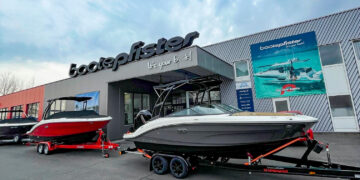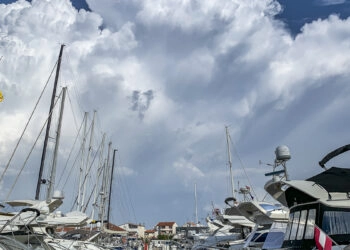All these delightful delicacies will be prepared on the grill or under the Pekara, a kind of cover made of cast or iron, sealing the cookware hermetically. In the embers of the mostly open fireplace, the contents, together with various herbs and spices, has enough time to develop its inimitable taste. The potatoes that serve as the bottom layer, which is topped then with meat or fish, are reported to be even more delicious than the meat itself. If possible, stay next to the open fireplace when the Pekara will be opened as this unique smell is whetting your appetite even more than the sight of this slowly cooked ”slow food‟ of the Croatian Konobas. But, apart from this, everything on the cooking grid and the delicious side dishes, just as the pasta offered by this family-owned, traditioanl restaurant is well worth seeing and, even better, tasting.
Those still feeling in the mood for a tour of the island despite such an overindulgence, feel shifted into times passed long ago. Most of the inhabitants of this barren island were drawn to faraway places, so today, there are just a few people still living here – a handful of pensioners and some younger people, dedicated to fishing, sheep breeding or tourism. During the summer months, though, the number of the about 50 residents is increasing up to around 400, when their family and some tourists are coming to pay a visit.
Mooring will be done at Krijal harbour, as here, at least during the summer months, is a regular daily ferry service is offered. Skippers do appreciate the numerous little bays. (Good) divers love Katedrala, a cave system, only accessible under water, and the Austrian-Hungarian batlteship Szent Istvan. It is situated at a depth of 40 to 65 meters and, therefore, is probably only an option for professional divers.















